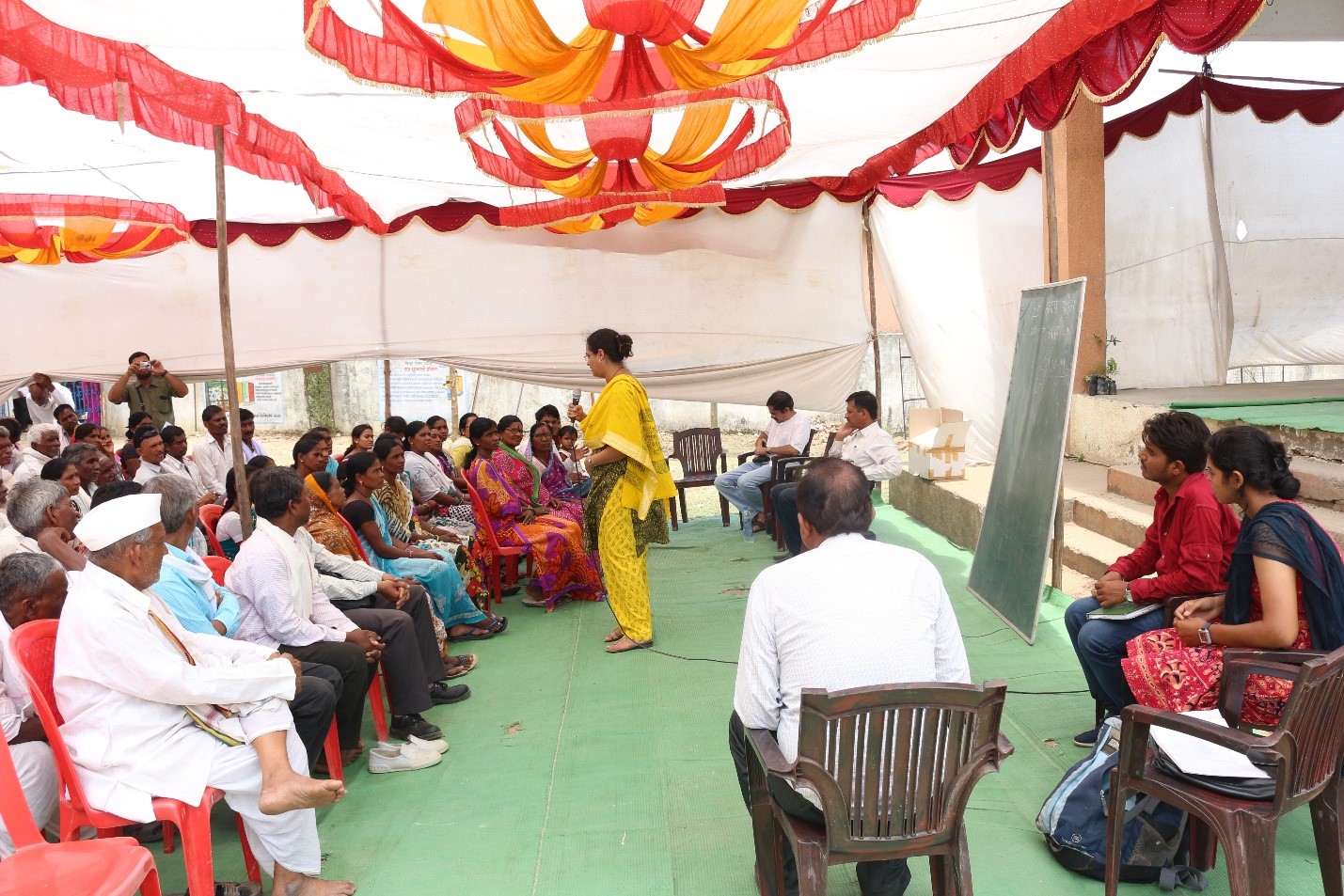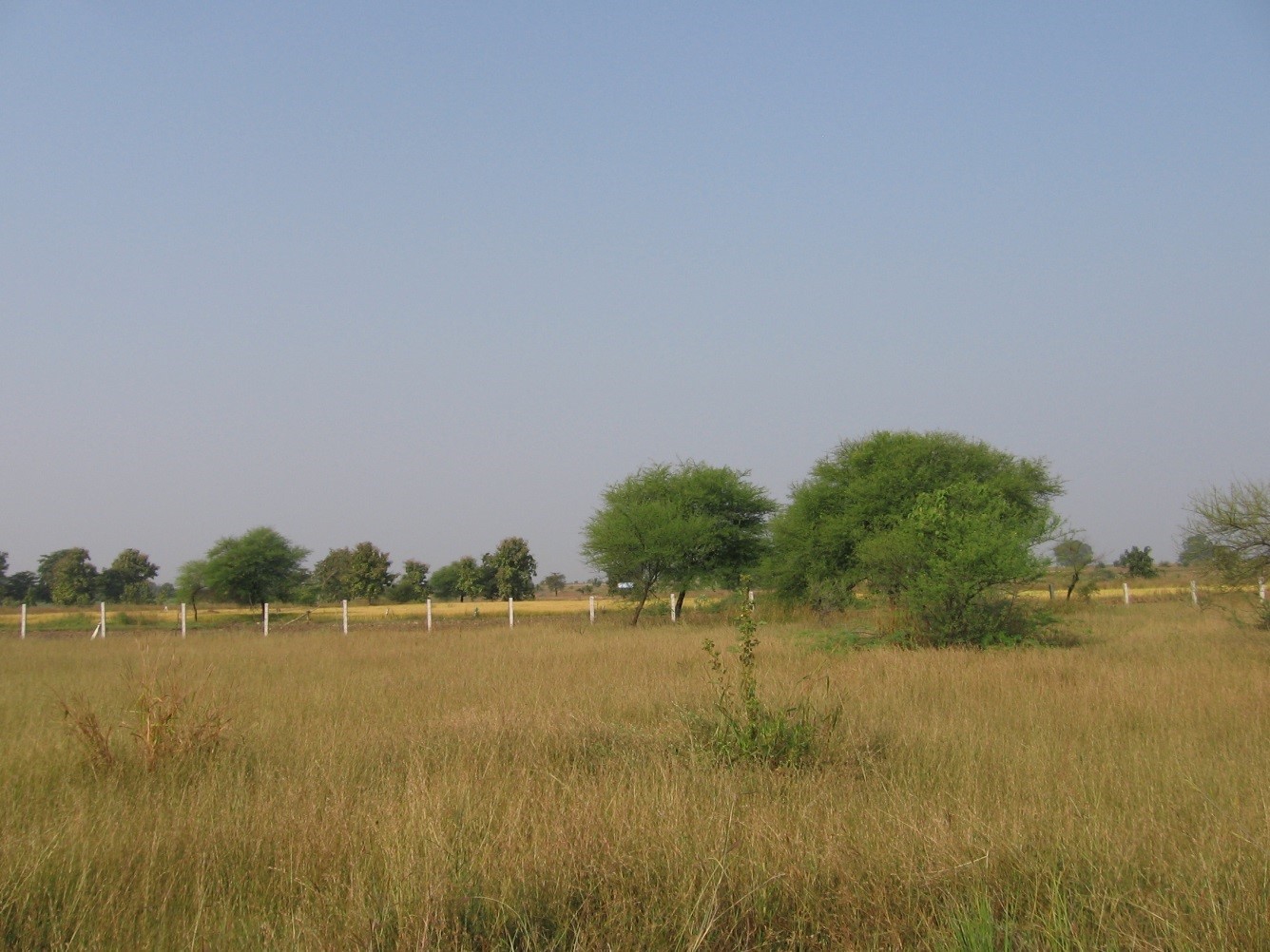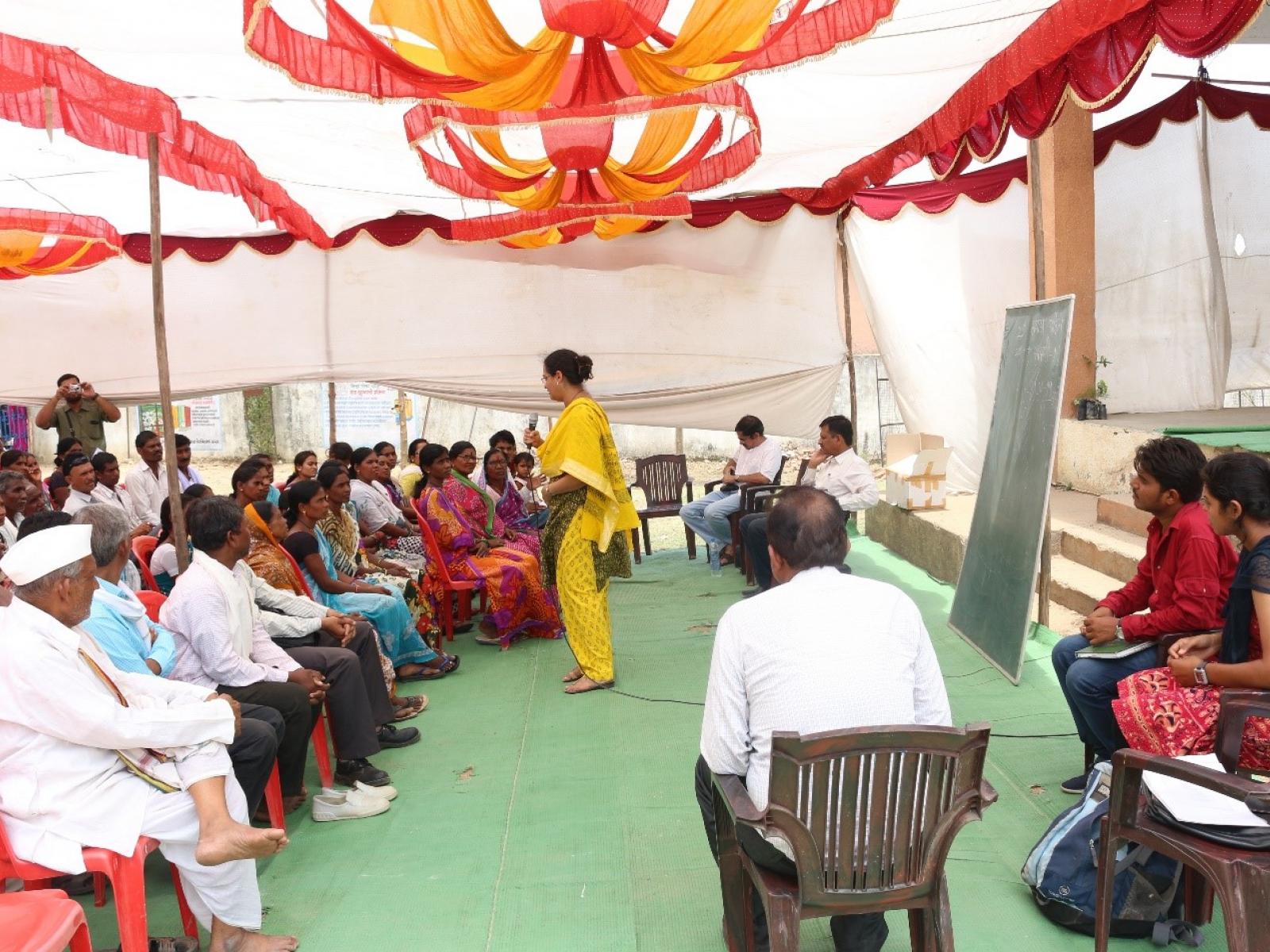An Overview Of Our Solution
- Population Impacted:
- Continent: Asia
Organization type
Population impacted
Size of agricultural area
Production quantity
People employed
Describe your solution
Describe your implementation
External connections
What is the environmental or ecological challenge you are targeting with your solution?
Describe the context in which you are operating
Owing to the vicinity of forests, buffer areas have distinct advantages in agriculture such as good ground water levels and availability of green manure. The main problem of these areas is crop-raiding herbivores. In order to avoid economic loss, farmers apply a range of protective measures. They include manual guarding, fences, trenches and other devices. However, these measures often come with high associated costs and risks. The traditional fences are made using wooden poles and thorny branches lopped from nearby forests causing substantial damage to the forest. Destructive measures such as traps can kill or injure animals. Sophisticated means such as electric fences are expensive and fail with power outage. All of these are known to fail at some or the other point of time. The traditional practices which generally keep raiding at bay and even culling are not advisable to avoid this conflict.
Therefore this problem of preventing crop raiding needs an alternative approach.
How did you impact natural resource use and greenhouse gas emissions?
Social/Community
Water
Food Security/Nutrition
Economic/Sustainable Development
Climate
Sustainability
This model study is an attempt to reduce the crop raiding and to provide economic alternative to the farmers. We developed a working model to mitigate human-wildlife conflict. Our study also addresses biodiversity conservation, rural development, crop raiding, employment strategies, diversification, and behavioral development of the community over their territory.
This venture can be independently run by the community after a certain period of intervention and primary seed funding. These parks also attract a large number of tourists, selling some value-added produce from these medicinal plants to them can give additional cash business to the locals. (like herbal tea or dried medicinal produce in packets)
Return on investment
Entrant Image

Entrant Banner Image

